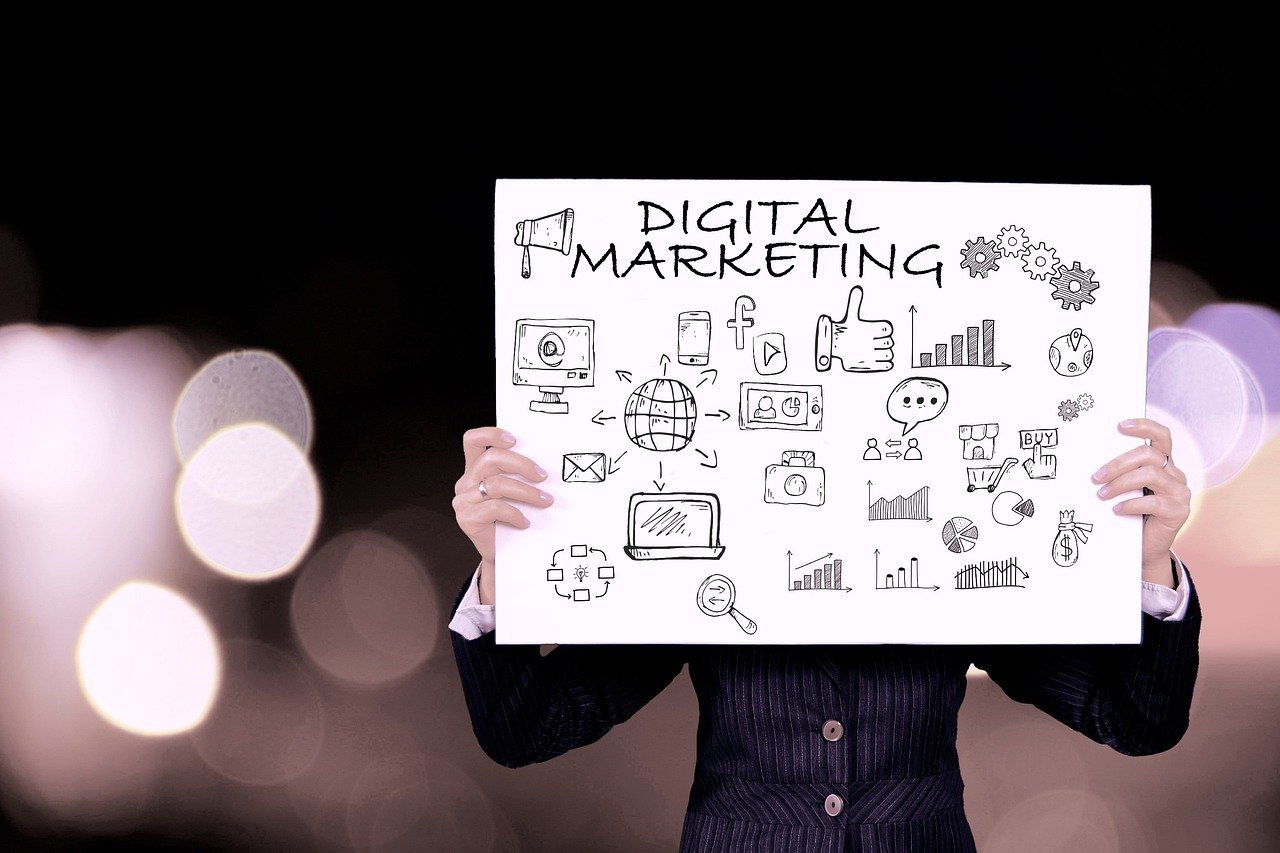
|
IN BRIEF
|
In today’s digital landscape, the significance of visual content in modern marketing strategies cannot be overstated. As brands compete for attention in a crowded marketplace, effective visuals serve as powerful tools that capture audience interest and enhance engagement. Incorporating elements like images, videos, and infographics not only makes marketing messages more memorable but also influences consumer behavior on an emotional level. Companies that master the art of visual storytelling can effectively strengthen brand awareness and drive conversions, ultimately leading to greater success in their marketing efforts.

The Importance of Visual Content in Modern Marketing
In today’s digital landscape, the incorporation of visual content into marketing strategies is not just an option; it is a necessity. Visuals such as images, videos, and infographics have the power to elevate messaging and capture audience attention more effectively than text alone. Studies show that consumers retain up to 65% of information when paired with relevant visuals, making the case for integrating compelling graphics to enhance brand storytelling.
Furthermore, visual content serves to evoke emotional connections with audiences, allowing brands to resonate on a deeper level. For instance, a well-crafted video ad can create a memorable experience that drives engagement and prompts action. Additionally, optimizing visuals for search engines improves SEO performance, ensuring that potential customers can easily find your brand online. By prioritizing the use of diverse visual formats, marketers can significantly boost brand awareness and ultimately lead their campaigns to greater success.

The Importance of Visual Content in Modern Marketing
In the rapidly evolving landscape of modern marketing, the significance of visual content cannot be overstated. Research indicates that incorporating visuals into marketing strategies can increase engagement by up to 94%, compelling users to interact with brands in a more meaningful way. Images and videos are not only captivating but also serve as powerful tools for telling a brand’s story, bridging the emotional gap between the brand and its audience. For instance, studies show that when paired with relevant images, users can retain up to 65% of the information presented. This is a crucial advantage when considering the overload of information consumers face daily.
Moreover, the role of visual content extends to improving search engine optimization (SEO). Optimized images and videos with pertinent alt text enhance a website’s relevance to search engines, boosting visibility. This means that a strategic approach to visual content not only captures attention but also drives conversions and reinforces brand awareness. Brands that utilize visuals effectively are likely to see an increase in their success, making it essential to integrate visual marketing strategies into campaigns. By understanding the essentials of successful content promotion, marketers can leverage the power of visuals to enhance communication efforts significantly. For more insights, explore the essential strategies for effective content marketing here and learn about the importance of user experience in SEO here.
The Impact of Visual Content on Modern Marketing
Why Visuals Matter in Marketing Strategies
In today’s digital landscape, incorporating visual content into your marketing strategy is no longer optional; it is a necessity. From captivating images to engaging videos, visual elements enhance brand storytelling, creating emotional connections with your audience. Research indicates that users retain 65% more information when visual content is included in marketing materials. This highlights the ability of visuals to significantly boost engagement and reinforce brand messaging.
For instance, brands that utilize visuals effectively often experience higher conversion rates on their marketing campaigns. A study showcased how brands that incorporated vibrant and relevant images in their social media posts gained an upsurge in follower interaction compared to those that relied solely on text. Videos similarly capture attention, offering compelling storytelling that can influence consumer behavior.
- Increased Engagement: Visuals can capture audience attention faster compared to text.
- Enhanced Brand Recall: Consumers are more likely to remember your brand when it is associated with striking visuals.
- Improved SEO: Using optimized images can boost your website’s visibility and relevance in search results.
- Emotional Connection: Visuals can evoke emotions, making it easier for consumers to relate to your brand.
- Social Media Shareability: Posts with visuals are more likely to be shared, amplifying your brand reach.
By artfully incorporating visuals into your marketing strategy, you can not only enhance your brand’s narrative but also significantly influence user actions and perceptions, leading to greater success in your marketing efforts.

The Role of Visual Content in Modern Marketing Strategies
In today’s digital landscape, visual content plays a pivotal role in shaping effective marketing strategies. By integrating images, videos, and infographics, brands can significantly enhance their engagement levels and ensure their messages resonate with target audiences. This is largely because visuals are processed faster by the brain compared to text, creating a deeper emotional connection that fosters brand loyalty.
Research indicates that users retain up to 65% of information when accompanied by relevant visuals, highlighting their importance in brand messaging. Moreover, such content not only captivates attention but also boosts conversion rates and increases brand awareness. These components are crucial for building a successful marketing strategy in an increasingly competitive environment.
The effectiveness of visual elements further extends to SEO benefits. Well-optimized images and engaging videos can enhance a website’s relevance in search rankings, thereby attracting more traffic. By utilizing alt text and ensuring that visual content is aligned with the overall messaging, marketers can improve their visibility and reach.
Ultimately, as consumer behavior evolves, the demand for visually appealing content will continue to rise. Marketers must leverage visual storytelling to not just inform, but to connect with audiences on a deeper level. Hence, implementing visual marketing strategies is not just an option; it is essential for any brand aiming to thrive in today’s market.

In today’s digital landscape, visual content plays an essential role in enhancing marketing strategies. By effectively integrating visuals such as images and videos, brands can significantly boost engagement, drive conversions, and elevate brand awareness. The emotional connection that visual elements foster allows businesses to tell compelling stories, making their messages more memorable and impactful.
Recent findings emphasize that users are more likely to retain information when paired with relevant visuals, leading to a 65% retention rate. This statistic illustrates the power of visuals in capturing attention and influencing consumer behavior. Additionally, incorporating SEO-friendly images and videos not only enhances user experience but also improves the overall relevance of a website in search engine results, ensuring greater visibility.
Ultimately, the incorporation of visual content is not just an option but a necessity in modern marketing strategies. As consumer preferences continue to evolve, understanding the importance of visuals will be vital for brands aiming to thrive in a competitive marketplace.
